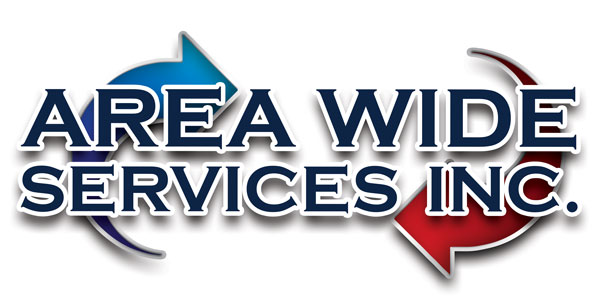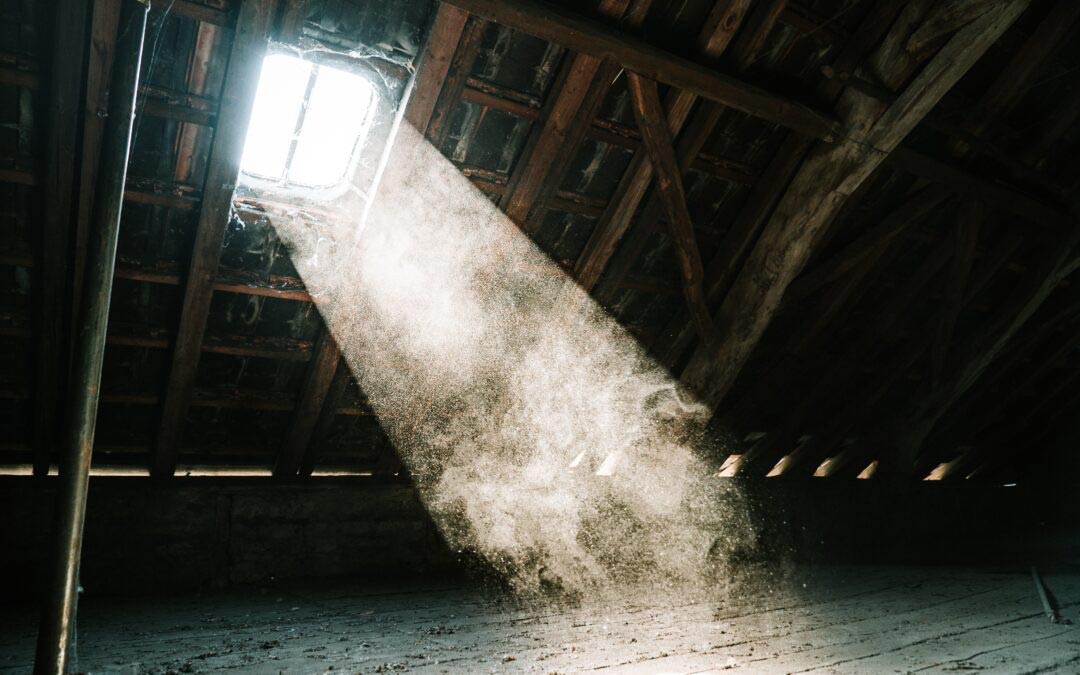The 6 Ways To Protect Your Home From Airborne Dust
Dust can be a nuisance, but did you know that it can also be hazardous to your health if left unchecked? In this article, discover the 6 ways to protect your home from airborne dust so that you and your family can enjoy clean air inside your house. From changing out air filters regularly to installing air purification systems, learn how to keep the air in your home free of dust and other pollutants.
What is Airborne Dust?

Airborne dust is a mixture of solid particles and liquids that are suspended in the air. It can come from many sources, including dirt, pollen, mold, and smoke. Dust can also be made up of fine particles of metals or chemicals.
While most airborne dust is not harmful, some particles can be dangerous to your health. Fine particles of lead, for example, can damage your nervous system and cause problems with learning and behavior in children. Long-term exposure to other types of dust can also lead to serious health problems like lung cancer and heart disease.
That’s why it’s important to keep your home free of airborne dust. Some simple steps you can take to reduce the amount of dust in your home include:
- Vacuuming regularly with a HEPA filter vacuum cleaner
- Wiping down surfaces with a damp cloth
- Keeping indoor plants
- Avoiding smoking inside
- Taking off shoes when you enter your home
Types of Airborne Dust
There are two types of airborne dust: particulate matter and organic dust. Particulate matter is made up of tiny particles of solid or liquid matter that float in the air. It can be made up of anything from dirt and pollen to soot and smoke. Organic dust is made up of small pieces of organic matter, such as plant leaves, animal hair, and mold spores.
While both types of airborne dust can be harmful to your health, particulate matter is generally more dangerous because it can be inhaled deep into the lungs. Organic dust is also a concern for people with allergies or respiratory conditions.
There are a few ways to reduce the amount of airborne dust in your home:
- Use an air purifier with a HEPA filter to trap particulate matter.
- Vacuum regularly with a vacuum that has a HEPA filter.
- Dust surfaces with a damp cloth or microfiber mop head.
- Keep indoor plants to help filter the air naturally. – Seal windows and doors with weatherstripping to prevent dust from entering.
- Change furnace filters regularly.
Causes of Airborne Dust in the Home
There are many potential sources of airborne dust in the home, including:
- Tracking dirt and debris from outside
- Drywall dust from construction or renovation projects
- Dust mites, which are tiny creatures that thrive in dusty environments
- Pet dander and hair
- Mold spores
- Smoke particles from cigarettes or fires
Some of these sources can be controlled by regular cleaning and vacuuming. Others, like construction dust or mold spores, may require more extensive measures to control.
How to Prevent Airborne Dust from Entering Your Home
There are a few things you can do to prevent airborne dust from entering your home:
- Keep your windows and doors closed as much as possible, especially when it’s windy outside.
- Use a HEPA filter in your vacuum cleaner to trap dust particles before they have a chance to circulate around your home.
- Use an air purifier with a HEPA filter to remove dust from the air inside your home.
- Keep indoor plants, which help to filter the air and reduce dust levels.
- Dust regularly with a damp cloth or mop instead of using a dry dusting method, which just ends up circulating the dust into the air.
Tips for Controlling Airborne Dust in the Home
One way to control airborne dust in your home is to use an air purifier. Air purifiers work by trapping dust particles in a filter, allowing only clean air to circulate. Another way to control airborne dust is to keep your home clean and free of clutter. Vacuum regularly, and dust surfaces with a damp cloth. In addition, avoid tracking dirt and dust into your home by removing shoes at the door.
Finally, use curtains and blinds instead of open windows to keep dust from entering your home. Consider investing in a high-efficiency particulate air (HEPA) filter vacuum cleaner, as it can remove more dust particles than a standard vacuum. Following these tips can help to reduce the amount of airborne dust in your home and improve air quality.
Easy Ways to Reduce Exposure to Airborne Dust Inside Your Home
There are a few easy ways to reduce your exposure to airborne dust inside your home. By following these tips, you can help improve the air quality in your home and protect your family’s health.
- Keep floors clean and free of dust. Vacuum regularly with a HEPA filter vacuum cleaner and wet mop hard floors.
- Avoid using feather or down-filled pillows and comforters. Choose to bed made from synthetic materials instead.
- Reduce the clutter in your home. The more stuff you have, the more places for dust to accumulate.
- Keep houseplants to a minimum. They can be a source of dust and mold spores.
- Use an air purifier with a HEPA filter to remove airborne particles from your indoor air.
Contact Area Wide Services today!
If you’re concerned about the amount of dust in your home, contact Area Wide Service today. We offer a variety of services to help reduce the amount of dust in your home, including:
- Air Duct Cleaning: We’ll clean your air ducts to remove any trapped dust particles.
- Dryer Vent Cleaning: We’ll clean your dryer vent to prevent lint buildup and improve airflow.
- Furnace Filter Replacement: We’ll replace your furnace filter with a high-quality filter that will capture more dust particles.
Contact us today to schedule a free consultation! We specialize in installing and repairing HVAC and refrigeration systems such as air conditioners, heaters, heat pumps, furnaces, commercial refrigerators, freezers, ice machines, walk-in freezers, and more. Call Area Wide Services at (903) 467-5620 today!

